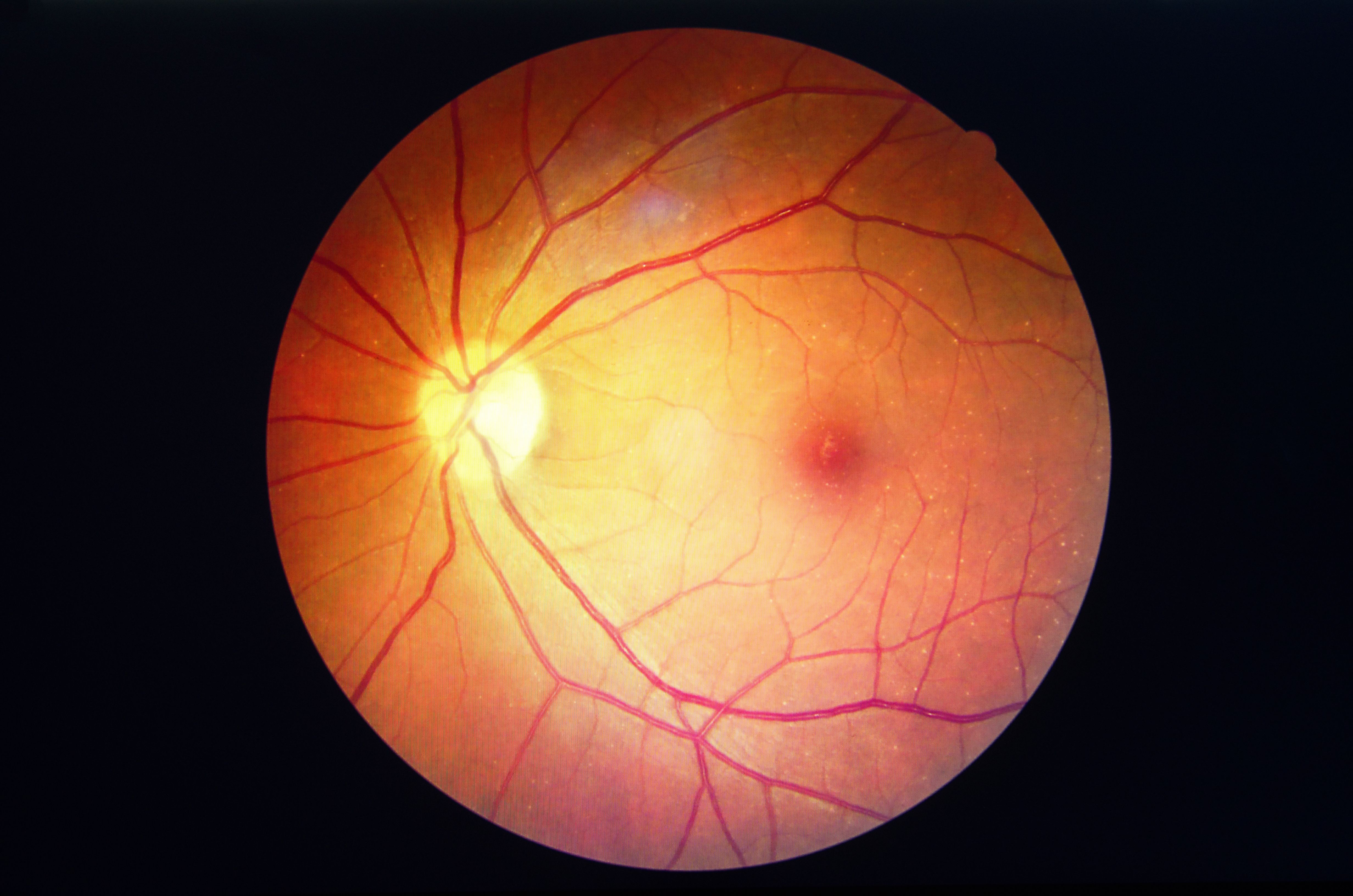Blog
Article
The role of analytics in financial decision-making for health care
Author(s):
Put data to work for you by tracking trends in revenue cycles, cost analysis and patient care.
© wladimir1804 - stock.adobe.com

Analytics has become a cornerstone of financial decision-making in the ever-changing health care landscape. By harnessing the power of data, health care organizations can uncover insights that lead to more informed and effective strategies. Integrating advanced, automated analytics into revenue cycle management and financial planning allows for a deeper understanding of cost structures, revenue streams and overall performance.
The impact of advanced financial analytics
Integrated financial analytics can transform how organizations approach their financial health and patient care services. Data analysis helps health care providers identify trends, predict future financial scenarios, and make data-driven decisions that align with their operational goals and the needs of their unique patient demographics. This analytical approach leads to enhanced financial predictability, effectively allocating resources to improve patient outcomes.
Randy Boldyga
© RNXT

The implications of financial analytics extend beyond cost management. By leveraging data, health care institutions can identify high-performing and underperforming medical services and adjust their offerings to meet market and patient demands. This strategic utilization fosters a proactive rather than reactive management style, positioning health care organizations to capitalize on opportunities and mitigate risks.
Key components of health care financial analytics
Financial analytics for health care organizations and medical practices comprises several key components that collectively drive effective financial management. Revenue cycle analytics, cost analysis and patient care analytics are integral parts of this ecosystem. Each component provides insights into different aspects of the health care organization’s financial health, from patient billing processes to operational efficiency.
Predictive analytics is a critical component that enables forecasting of future financial trends based on historical data. It assists in capacity planning, resource allocation and financial risk assessment. By anticipating future scenarios, health care providers can devise strategies to navigate potential challenges and leverage emerging opportunities.
Data-driven revenue optimization strategies
Revenue optimization is a critical aspect of financial sustainability. Data-driven strategies enable health care organizations to enhance billing processes, optimize service pricing and improve payer contract negotiations. By drawing insights from historical data and market trends, health care providers can boost revenue while ensuring that financial growth does not negatively impact the quality of patient care.
Cost management and efficiency through analytics
Effective cost management is crucial for health care organizations’ financial health. Analytics provides a detailed view of expenditure patterns, helping identify areas where costs can be reduced without impacting the quality of care. This includes analyzing staffing needs, operational expenses and supply chain management. By optimizing these areas using a combination of data and feedback from staff and patients, health care providers can achieve a more efficient use of resources, leading to significant cost savings.
Analytics also contributes to process improvement, highlighting inefficiencies in patient care and administrative processes. This allows health care providers to reduce waste, improve patient throughput and enhance the overall efficiency of operations. As a result, patient satisfaction and outcomes improve simultaneously.
Navigating regulatory compliance with data insights
Regulatory compliance is a major challenge in the health care industry, and analytics provides a powerful tool to navigate this complex landscape. By analyzing data related to patient care, billing and operational procedures, health care providers can ensure adherence to regulatory standards. This proactive approach to compliance reduces the risk of penalties and legal issues, safeguarding the organization’s reputation and financial stability.
Analytics also assists in monitoring and reporting on compliance-related metrics, providing transparency and accountability. This is crucial for meeting the requirements of health care regulators and payers, as well as maintaining the trust of patients.
Enhancing patient care through financial decision-making
Medical providers and health organizations strive to provide high-quality patient care, and financial decision-making plays a pivotal role. Clinical analytics allows health care providers to allocate resources effectively, ensuring patient care is not compromised due to financial constraints. This includes investing in the latest medical technologies, hiring skilled professionals and maintaining a patient-centered approach. By balancing financial and clinical priorities, analytics aids in delivering superior patient care.
Best practices for implementing analytics in health care organizations
Successful implementation of analytics in health care requires a strategic approach. This involves establishing clear objectives, integrating analytics with existing systems, and ensuring data accuracy and security. Health care organizations must also invest in training staff to use analytics tools effectively and interpret data. The use of these tools may be unfamiliar to staff members and, therefore, require supportive assistance to learn and implement effectively. Without the buy-in of everyone involved, the potential insights of your data will be wasted.
Fostering a culture of data-driven decision-making is essential. This includes encouraging collaboration between financial and clinical teams, promoting transparency in data analysis, and continuously evaluating the impact of analytics on financial and clinical outcomes. By embedding analytics into the organizational culture, health care providers and practices can create a sustainable framework for continuous innovation that drives both financial growth and improved care.
The future of health care: predictive analytics and financial planning
The health care landscape is always changing to incorporate new standards, processes and technologies. Predictive analytics is set to revolutionize financial planning in health care to an unprecedented level, giving practices insights they’ve never had access to before. Health care organizations can now forecast future trends, patient needs and financial challenges by successfully leveraging historical data and machine learning algorithms.
This foresight is invaluable in preparing for and adapting to the dynamic health care environment. Predictive analytics represents the next frontier in health care financial management, offering a road map for future growth and stability. In the near future, organizations that don’t take advantage of these technologies will be left at a major disadvantage and struggle to improve at the pace of their peers. That means implementing these advanced reporting solutions sooner than later is paramount to long-term success.
Randy Boldyga founded RXNT in 1999, revolutionizing the medical industry by establishing standards for e-prescribing widely used across the U.S. His prior roles include leading IT operations at The Columbia Bank in Maryland and overseeing the Clinical Health Information Systems at the University of Arkansas for Medical Sciences (UAMS), gaining insights into the technological needs of medical professionals. Before UAMS, he consulted for key government agencies such as the Department of Defense and the FBI.
Newsletter
Stay informed and empowered with Medical Economics enewsletter, delivering expert insights, financial strategies, practice management tips and technology trends — tailored for today’s physicians.





